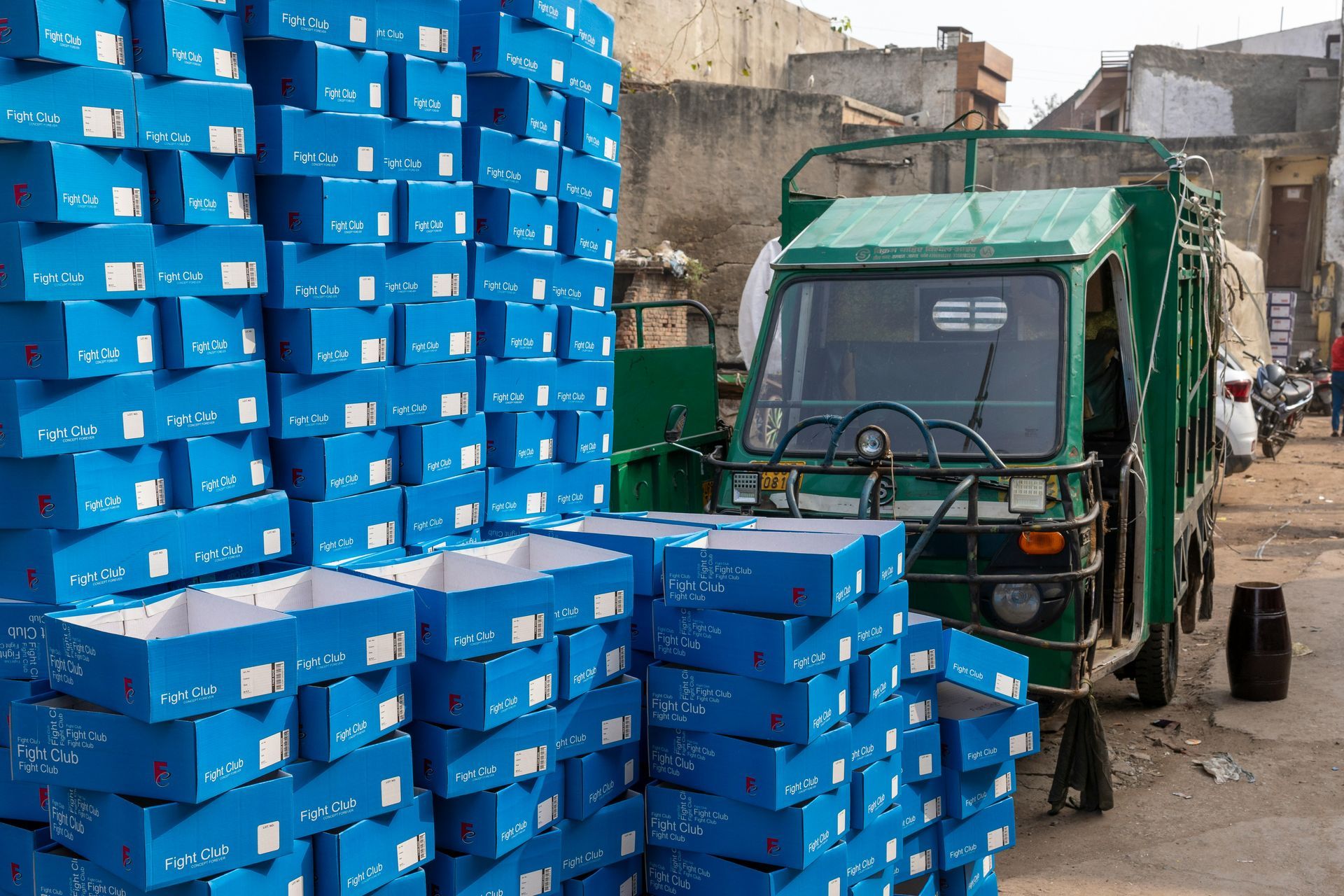The Cultural and Social Impact of Packaging: How Cultural Preferences Shape Packaging Design and Use
Baraka • October 8, 2024
The Cultural and Social Impact of Packaging: How Cultural Preferences Shape Packaging Design and Use
Introduction to the Cultural Impact of Packaging
Packaging is more than just a box or wrapper; it is a powerful tool that communicates messages about the brand, the product, and the surrounding culture. In a globalized world, packaging design must consider not only functional aspects but also cultural and social factors that can influence consumer perception.
How Cultural Preferences Influence Packaging Design
Packaging design is deeply influenced by cultural preferences. What may be appealing or appropriate in one culture may be perceived very differently in another. This is where brands must tread carefully when adapting their products to international markets.
Colors and Cultural Symbolism
Colors carry different meanings depending on the culture. For instance, in Western countries, white is often associated with purity, while in some Asian cultures, it may be related to mourning. Brands that overlook these differences risk sending incorrect messages to their consumers.
Shapes and Cultural Aesthetics
The shape of packaging also plays a significant role. In some cultures, minimalist packaging that conveys simplicity and elegance is highly valued, as seen in Japan. In contrast, in Western markets, more bulky and eye-catching packaging may be preferred for its shelf presence.
Materials Used
The materials chosen for packaging also reflect cultural preferences. In Europe, for example, there is a growing trend toward using recyclable and sustainable materials, while in other markets, plastics and more traditional materials still dominate due to cost and availability.
The Social Impact of Packaging
Packaging not only responds to cultural preferences but also has a social impact that influences consumer behavior and how they interact with products.
Packaging and Consumerism
Packaging design can directly influence purchasing decisions. An attractive package, aligned with cultural values, can lead consumers to choose one product over another, even if the contents are similar. Packaging becomes an extension of consumer identity.
The Role of Packaging in Consumer Identity
Packaging plays a fundamental role in how consumers identify with brands. For instance, luxury products often come in packaging designed to convey exclusivity and status, key elements for certain social groups.

Examples of Cultural Adaptations in Packaging Design
Successful global brands often adapt their packaging to meet the specific cultural expectations of each market.
Packaging for Asian Markets
In Asian markets, particularly Japan and South Korea, packaging design tends to be minimalist and focused on functionality and respect for nature. Simple yet sophisticated packaging is preferred by consumers who value aesthetics and environmental respect.
Packaging for Western Markets
In contrast, Western markets often prefer more eye-catching and functional packaging, with an emphasis on convenience. Packaging that stands out on shelves and offers practical solutions, such as easy closures or reusable designs, tends to capture consumer attention.
Challenges of Adapting Packaging to Different Cultures
Adapting packaging to different cultures presents several challenges. Among them, language barriers and local regulations are two of the most prominent.
Language and Communication Barriers
The language on packaging must be clear and understandable for the local market. However, differences in language can lead to misunderstandings or even negative interpretations. It is essential that the text and images on packaging are appropriately adapted to avoid confusion.
Local Regulations and Norms
Each country has its own regulations regarding packaging, from allowed materials to mandatory information that must be displayed. Compliance with these regulations can be complicated for international brands, which must adjust their packaging to local laws without compromising design.
Strategies for Culturally Inclusive Packaging
To achieve a global packaging design that works, it is crucial to adopt an inclusive approach that respects cultural differences.
Market Research Focused on the Consumer
Before designing packaging for an international market, thorough research is necessary, including cultural preferences, consumption trends, and local customer expectations. This helps avoid costly mistakes and creates packaging that truly resonates with consumers.
Collaboration with Local Designers
Working with local designers can provide a significant advantage. These professionals have deep knowledge of cultural preferences and sensitivities, which can result in more authentic and effective packaging design.
The Role of Packaging in Globalization
In a globalized world, brands seek packaging that can function in multiple markets without the need for significant changes.
The Need for Versatile Packaging
Versatile packaging that can adapt to various cultures and markets is increasingly in demand. This requires a balance between universal design elements and specific cultural adaptations.
Successful Cases of Global Packaging
Brands like Coca-Cola and Apple have successfully created packaging that adapts to global markets without losing their identity. This packaging is recognizable anywhere in the world but also resonates with local sensibilities.
Sustainability and Packaging in Different Cultures
Sustainability has become a priority for many cultures, and expectations regarding the environmental impact of packaging vary by region.
How Cultures Value Sustainability in Packaging
In some markets, such as the Nordic countries, consumers place a high value on sustainability and expect brands to use recyclable or biodegradable packaging. In other regions, where environmental concerns are less prominent, cost and convenience may be more important.
Biodegradable Packaging and Environmental Awareness
In countries with high ecological awareness, the use of biodegradable packaging is not only appreciated but can also be a deciding factor for consumers when choosing a product.
Conclusion
The cultural and social impact of packaging is deep and multifaceted. Brands looking to compete globally must consider the cultural preferences and social values of their target markets. A packaging design that respects these differences not only ensures commercial success but also strengthens the connection between the brand and its consumers.
Why should packaging design adapt to different cultures?
Packaging design should adapt to different cultures to ensure it is understood and appreciated by local consumers, respecting their values and sensitivities.
How do colors in packaging influence different markets?
Colors have varied meanings across cultures. What may be appealing in one region can be inappropriate in another, affecting product perception.
What role does sustainability play in packaging design?
In many cultures, sustainability is a key factor. Consumers value packaging that is recyclable, reusable, or biodegradable, reflecting their environmental concerns.
Is it possible to have a global packaging design that works in all markets?
Yes, it is possible, but it requires a balance between universal elements and specific cultural adaptations. Successful global brands have achieved this with versatile packaging.
How does packaging influence consumer identity?
Packaging is an extension of the brand and can influence how consumers see themselves and how they identify with a product or company.



